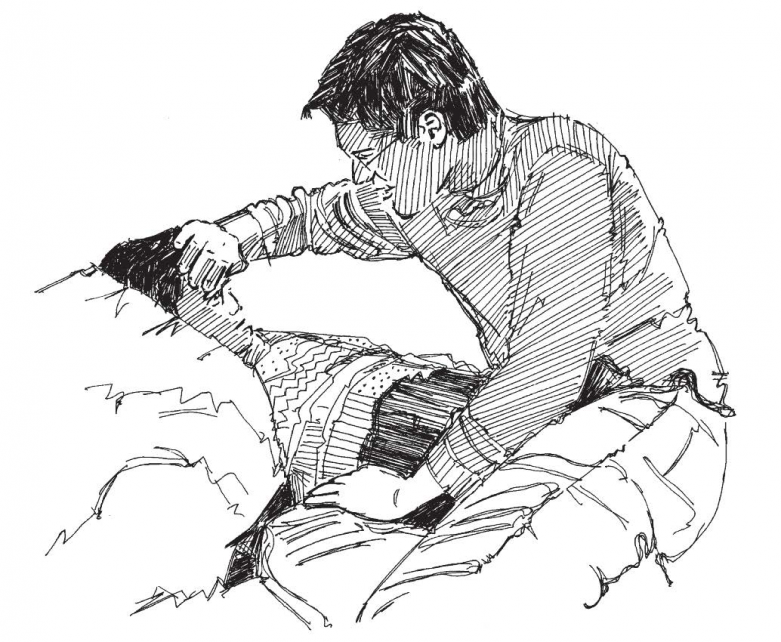12. Managing fever
12. Managing fever
Last update: 2023-03-31
Overview
- Fever is the body’s reaction to infection. It is a raised body temperature which can be very uncomfortable, causing chills and shivering. In babies and young children, fever may be a sign of serious illness. A high fever can cause convulsions (violent shaking of the body) in young children. Fever can also cause the body to lose liquids and become dehydrated.
- The only way to confirm a fever is by checking the person’s temperature with a thermometer. Fever is a temperature over 38° Celsius. If you do not have a thermometer to confirm fever it is important to look for other signs of raised body temperature. If other signs are present, we call it “suspected fever”.
What to do and how to do it
Assess the person
- If possible, check the person’s temperature:
- Or, if the person or family has checked the temperature with a thermometer, ask them what the result was
- Look for other signs of raised body temperature such as:
- Feeling too hot
- Flushing (redness) of the skin
- Complaints of feeling cold
- Chills, shivering
- Sweating
- Headache
- Weakness
- Lethargy/feeling tired and unwell
- Check the person’s condition:
- Ask about other symptoms, such as rash, headache, vomiting, cough or pain
Manage the fever
- If the fever is high or if the person has had convulsions, or if the person is a baby or small child, refer him or her to a health facility immediately.
- If the person can drink, eat and move about:
- Give him or her more fluids to drink than usual.
- Encourage caregivers to breastfeed babies as much as possible.
- Encourage carers to give nutritious food.
- Cool the body down by:
- Removing excess clothing.
- Wiping a sponge or a cloth soaked in tepid (lukewarm) water over the body and forehead.
- Bathing babies in tepid water. Observe them closely for convulsions
- Encourage rest.
- If the fever does not go away or becomes worse, seek the help of a health professional.
Report symptoms
In areas affected by an epidemic, fever can signal that a person has the disease in question.
- If fever is one of the symptoms of the disease (as in meningitis, malaria, or dengue), you should report cases as part of your community-based surveillance activities to the designated health authority. > Follow the actions indicated for prevention and management.
- If fever is one of the symptoms of the disease (as in meningitis, malaria, or dengue), but there is no community-based surveillance system in place, you should report cases to the nearest public health care facility. > If you are not sure where to report cases, discuss with your manager to find the best solution.

